Products You May Like
Get full access to Outside Learn, our online education hub featuring in-depth fitness, nutrition, and adventure courses and more than 2,000 instructional videos when you sign up for Outside+
Sign up for Outside+ today.

When it comes to charismatic megafauna, bears are at the top of nearly everyone’s list—and not just in North America. Hikers around the world hit the trail both afraid and excited to spot one of these fuzzy apex predators, but as long as you stay at a safe distance, bear-watching can be a wildlife experience like no other. Head to these eight spots to get to know the globe’s bears a little better, from the familiar to the elusive to the possibly extinct.
Carpathian Mountains, Romania
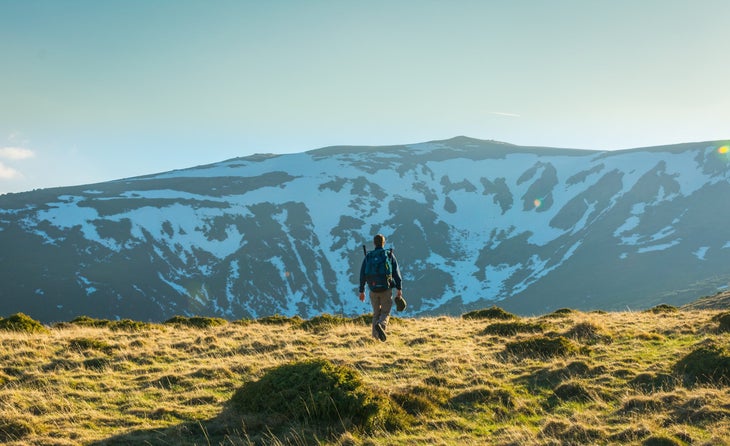
The virgin forest in the Carpathian Mountains, the second-longest mountain range in Europe, makes the perfect home for a thriving population of brown bears, along with lynx, wolves, and chamois. Head to Piatra Craiului National Park to spend two days with the wildlife hiking along the limestone ridge that forms the crest of the park, or trek through lower-elevation woods and meadows on a day trip to Curmatura Hut.
Kainuu Forest, Finland
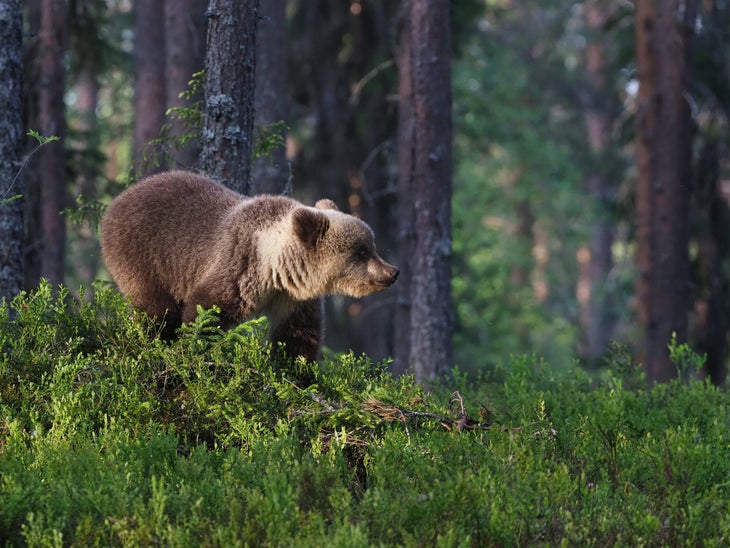
The brown bear is the national animal of Finland, and the boreal forests of the eastern provinces are its favorite hideout. This part of Finland has only a small human population–the largest city is home to just 75,000–leaving miles and miles of evergreen forest, pristine lakes, and wetlands for the wildlife. Spend a week on the 50-mile Bear’s Ring Trail for your best bet at bruin-spotting, plus views ranging from cliff-edged, tumbling rivers to open pine forest.
Shiretoko Peninsula, Japan
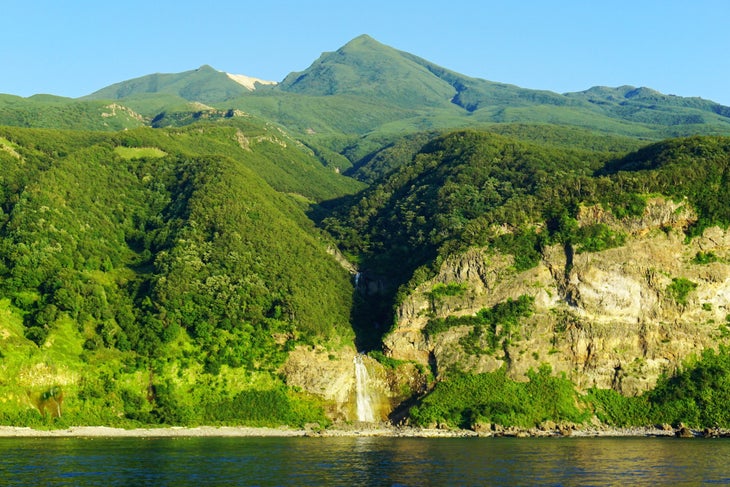
There are two species of bears found in Japan: The Japanese black bear, which lives only on the islands of Honshu and Shikoku, and the Ussuri brown bear, which lives on Hokkaido and can grow to nearly the size of a Kodiak brown bear. Head to Shiretoko National Park on Hokkaido’s Shiretoko Peninsula (which has one of the highest bear concentrations in Japan) to search out the local brown bears on a 10-mile hike up Mt. Rausu, the highest point in the park.
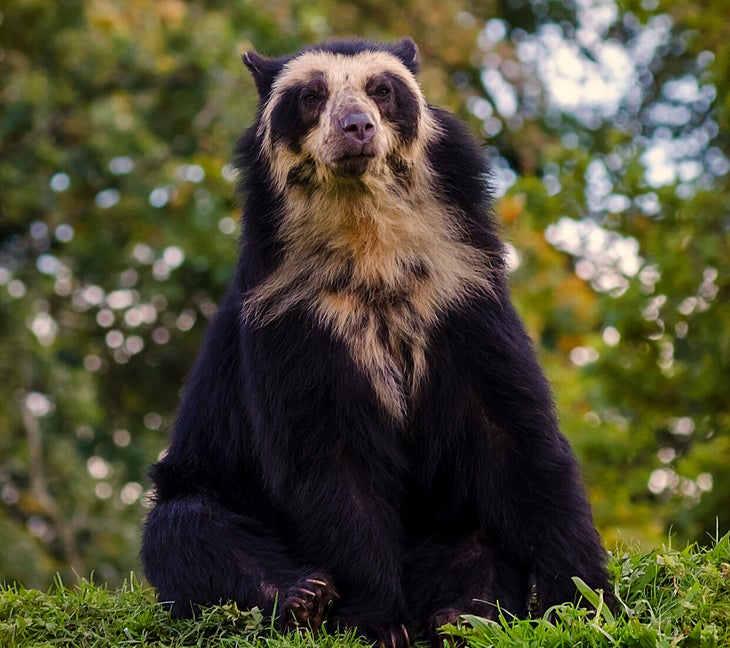
The spectacled bear, South America’s only bear, is named for the “frames” of lighter fur around its eyes. Living only in the cloud forests of the Andes, these tree-loving bruins (they often sleep and feed high in the branches) are mostly vegetarian. They are also the only short-faced bear remaining on earth. Search out these elusive rainforest dwellers in Bolivia’s Madidi National Park, where you can explore 11.6 miles of trails in the Chalalan area on your own or hire a local guide for a multiday excursion.
Kangerlussuaq, Greenland
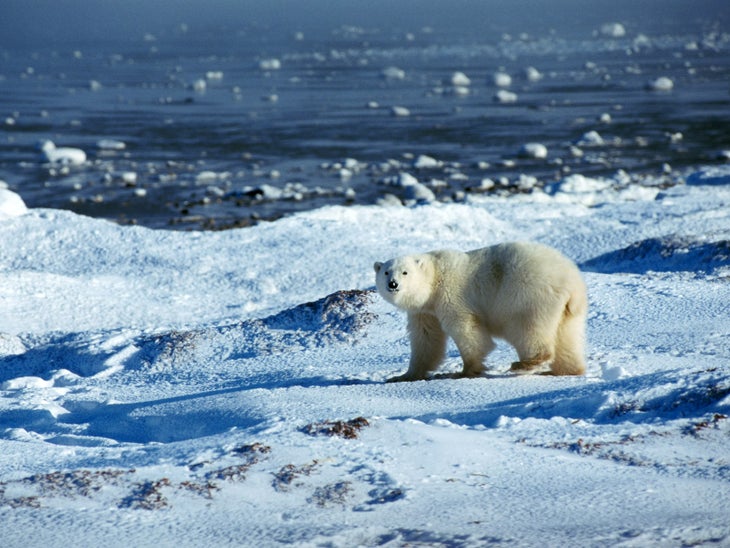
Greenland’s western coast is home to an estimated 2,200 polar bears, who roam, hunt and den on the tundra and sea ice. Polar bears can be aggressive, so keep a large distance and always make a bear-safe camp; some tourist organizations also recommend going with an armed guide. Take a day or more to explore the 100-mile Arctic Circle Trail, which runs through bear territory–mountains, tundra, and one hundred lakes–from Kangerlussuaq to Sisimiut.
Atlas Mountains, Morocco
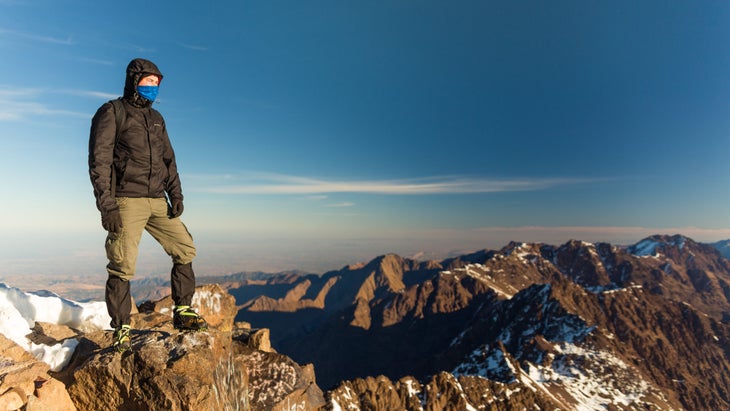
First things first: the atlas bear, the only native African bear known to humans, probably isn’t around anymore. Starting with the Roman Empire, they were hunted for sport by the region’s humans, and firearms increased the bear take rate exponentially until the 19th century when the last one was thought to be shot. There have been persistent rumors, however, of atlas bear spottings in the mountains of Morocco for decades, though the vast majority of scientists believe them to be extinct. Still, if you dream of seeing a bear in Africa, the Atlas Mountains are your destination, and the scenery is beautiful enough that a trek is well worth it even if you don’t spot any bears. Head to the mountain village of Imlil to access Mt. Toubkal National Park, where you can spend a couple days climbing the peak or extend your trip to link together the many Berber villages inside the park.
Glacier National Park, MT, United States
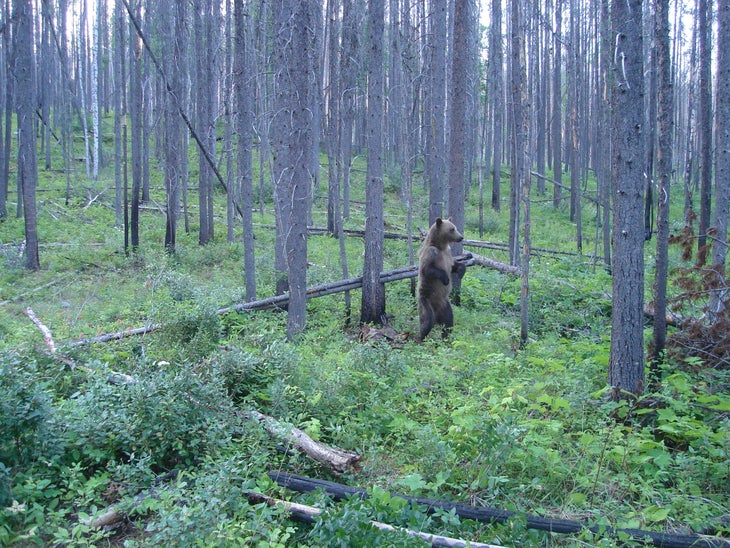
Both black bears and grizzly bears call Glacier National Park home, and hikers spot them here more than almost anywhere else in the Lower 48. It’s estimated that about a thousand bears call the 1,583 square miles of the par home (that’s an average one bear for every 1.5 square miles). Head out on a bearwatching hike in their favorite part of the park, the Many Glacier area, on the Iceberg Lake or Grinnell Glacier trails.
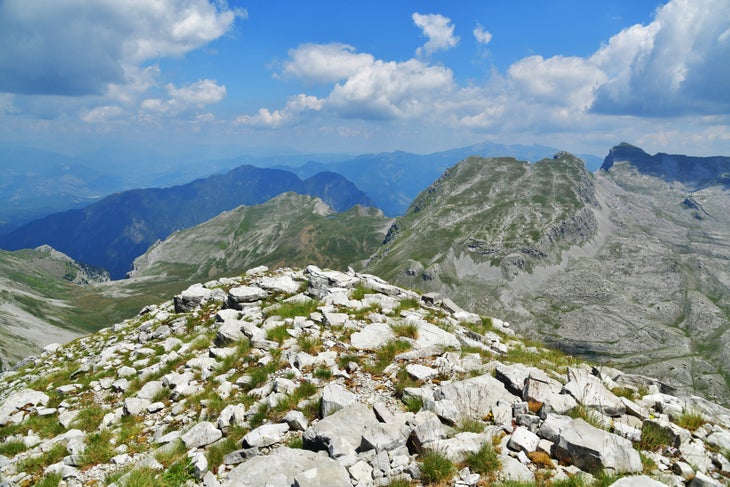
When most people think of Greece, they imagine Mediterranean coastlines and white stone villages, not jagged mountains roamed by bears. But Greece is actually home to over 400 brown bears, most of them in the Pindos Mountains of the north. Along with the bears, this range is home to one of the deepest river gorges in the world and dense forests that also provide habitat for wolves and the endangered Greek wildcat. Head up the 7.5-mile round-trip trail to Flega Peak for wide summit views of the surrounding range, two alpine lakes, and a chance at bearspotting.
